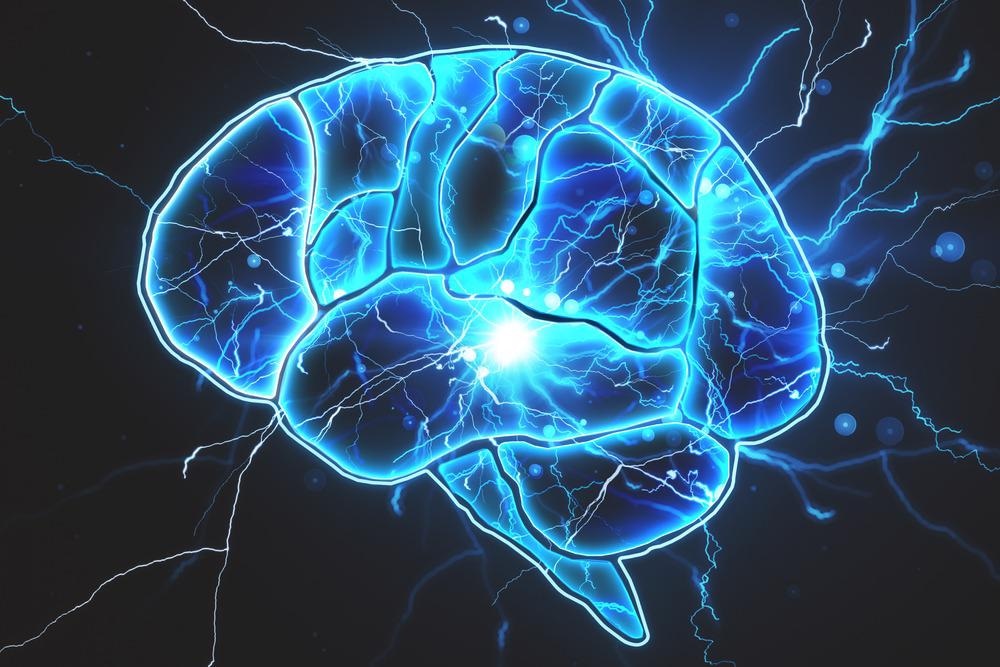The secret behind the unique personalities of an individual lies in the human brain. But the question is whether people are aware that it can also develop the basis of highly efficient computing devices.

Image Credit: Who Is Danny/Shutterstock.com
Recently, scientists from Nagoya University, Japan, demonstrated how to perform this using graphene-diamond junctions with the potential to simulate some of the human brain’s functions.
But the study tries to analyze the reason behind the researchers’ attempt to emulate the human brain. Nowadays, existing computer architectures are subjected to complicated data, which tends to restrict their processing speed.
On the contrary, the human brain can process extremely complex data like images with high efficiency. Hence, researchers have tried to develop “neuromorphic” architectures that can simulate the brain’s neural network.
“Synaptic plasticity” is a phenomenon vital for memory and learning. It is defined as the potential of synapses (neuronal links) to adapt in reaction to an increased or decreased activity. Researchers have attempted to recreate a similar effect with the help of transistors and “memristors” (electronic memory devices whose resistance can be stored).
Newly designed light-controlled memristors, or “photomemristors,” have the ability to both detect light and offer non-volatile memory, quite similar to human eyesight and memory. Such outstanding properties have paved the way to a whole new world of materials that can serve as artificial optoelectronic synapses.
This inspired researchers from Nagoya University to develop graphene-diamond junctions that can simulate the properties of biological synapses and main memory functions, paving the way for next-generation image sensing memory devices.
Under the guidance of Dr. Kenji Ueda, the scientists showcased optoelectronically controlled synaptic functions by forming junctions between diamond and vertically aligned graphene (VG). The study was recently reported in the journal Carbon.
The fabricated junctions mimicked various biological synaptic functions. The functions include producing “excitatory postsynaptic current” (EPSC)—the charge produced by neurotransmitters at the synaptic membrane—upon stimulation with optical pulses. The junctions also display other fundamental brain functions such as shifting from short-term memory (STM) to long-term memory (LTM).
Our brains are well-equipped to sieve through the information available and store what’s important. We tried something similar with our VG-diamond arrays, which emulate the human brain when exposed to optical stimuli. This study was triggered due to a discovery in 2016, when we found a large optically induced conductivity change in graphene-diamond junctions.
Dr Kenji Ueda, Study Corresponding Author, Graduate School of Engineering, Nagoya University
In addition to EPSC, LTM, and STM, the junctions also exhibit a paired pulse facilitation of 300%—an increase in postsynaptic current when closely preceded by a prior synapse.
The VG-diamond arrays experienced redox reactions caused by blue LEDs and fluorescent light under a bias voltage. The team attributed this to the occurrence of otherwise hybridized carbons of diamond and graphene at the junction interface, which resulted in the migration of ions in reaction to the light and enabled the junctions to carry out photo-sensing and photo-controllable functions similar to those done by the retina and brain.
Besides, the VG-diamond arrays exceeded the performance of traditional rare-metal-based photosensitive materials relating to structural simplicity and photosensitivity.
Our study provides a better understanding of the working mechanism behind the artificial optoelectronic synaptic behaviors, paving the way for optically controllable brain-mimicking computers better information-processing capabilities than existing computers.
Dr Kenji Ueda, Study Corresponding Author, Graduate School of Engineering, Nagoya University
Journal Reference:
Mizuno, Y., et al. (2021) Optoelectronic synapses using vertically aligned graphene/diamond heterojunctions. Carbon. doi.org/10.1016/j.carbon.2021.06.060.